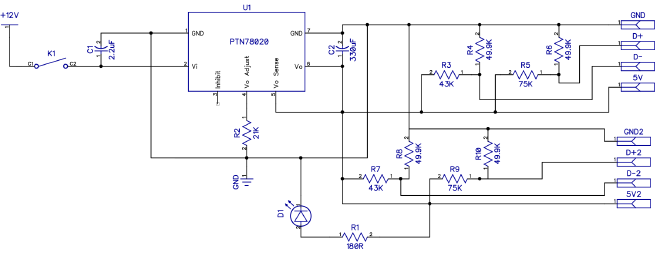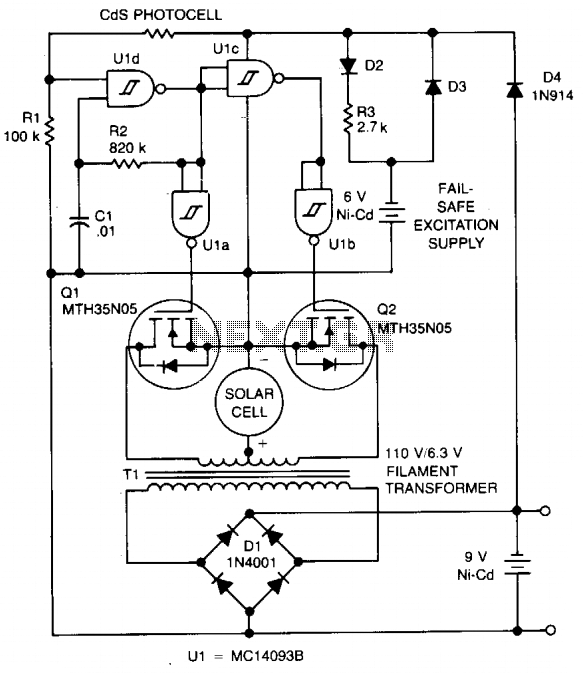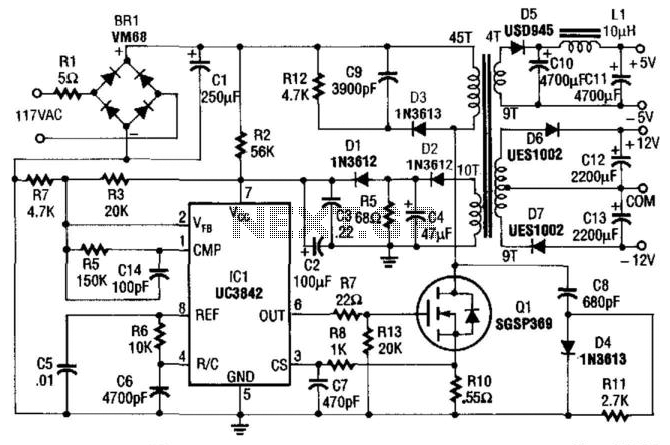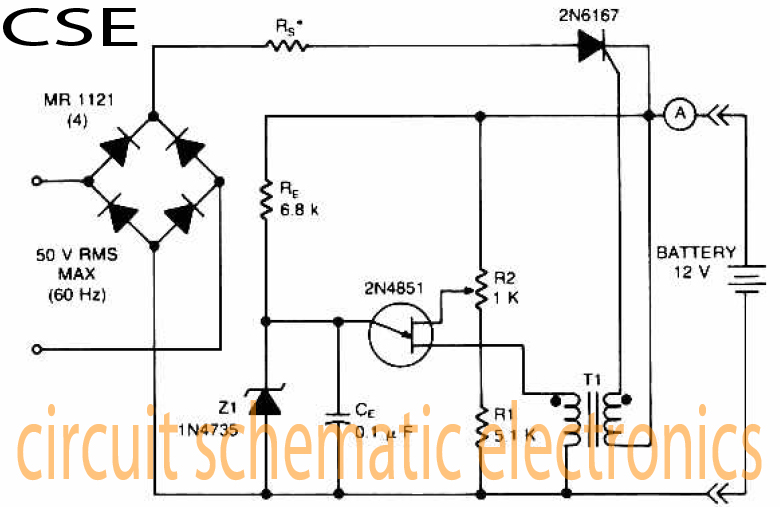
12v iPad Charger

After experiencing failures with four Apple iPad chargers and not wishing to incur further expenses by purchasing replacements from Apple, a decision was made to create 12V powered chargers. This would utilize the surplus photovoltaic (PV) power available during daytime hours to charge iPads and other devices that require USB charging. Although there are existing USB car chargers, they are unable to charge the iPad because it requires a control voltage on both data pins, which most commercial 12V chargers do not provide. The circuit schematic illustrates a new charging circuit design that employs a Texas Instruments PTN78020, a 6-A wide-input adjustable switching regulator, to reduce the input voltage to 5V. Additionally, voltage dividers are incorporated to supply the data lines with the appropriate voltage.
The proposed charging circuit is designed to efficiently convert a 12V input from a photovoltaic power source down to a stable 5V output, necessary for charging USB devices such as iPads. The Texas Instruments PTN78020 switching regulator is chosen for its high efficiency and ability to handle up to 6A of output current, ensuring that the circuit can meet the power demands of multiple devices simultaneously.
In this circuit, the input voltage is connected to the PTN78020, which regulates the voltage to 5V. The output is then routed to the USB charging port. To address the specific requirements of the iPad, which necessitates a control signal on the data pins for proper charging, voltage dividers are implemented. These dividers are configured to provide the necessary control voltages on the data lines, ensuring compatibility with the iPad's charging protocol.
The circuit schematic should clearly indicate the connections between the input power source, the PTN78020 regulator, and the output USB port, along with the voltage divider network. Proper attention must be given to the component values in the voltage divider to ensure that the correct voltages are achieved without exceeding the maximum ratings of the data pins.
This innovative approach not only mitigates the cost associated with purchasing proprietary chargers but also enhances the utilization of renewable energy resources, contributing to a more sustainable charging solution for electronic devices.Following the 4th Apple iPad charger failing and not wanting to spent even more money with Apple to replace them we decided to try to make 12v powered chargers to make use of the excess PV power we now have during the daytime to charge the iPads and other devices which charge via USB. I have a couple of ready made USB car chargers but these will n ot charge the iPad due to the iPad needing a control voltage on both of the data pins which most commercial 12V chargers don`t seem to supply. The circuit schematic (click for PDF) shows the new charging circuit diagram which uses a Texas Instruments PTN78020 6-A, Wide-input adjustable switching regulator to bring the input voltage down to 5V and then voltage dividers to supply the data lines with the correct voltage.
[more] 🔗 External reference
The proposed charging circuit is designed to efficiently convert a 12V input from a photovoltaic power source down to a stable 5V output, necessary for charging USB devices such as iPads. The Texas Instruments PTN78020 switching regulator is chosen for its high efficiency and ability to handle up to 6A of output current, ensuring that the circuit can meet the power demands of multiple devices simultaneously.
In this circuit, the input voltage is connected to the PTN78020, which regulates the voltage to 5V. The output is then routed to the USB charging port. To address the specific requirements of the iPad, which necessitates a control signal on the data pins for proper charging, voltage dividers are implemented. These dividers are configured to provide the necessary control voltages on the data lines, ensuring compatibility with the iPad's charging protocol.
The circuit schematic should clearly indicate the connections between the input power source, the PTN78020 regulator, and the output USB port, along with the voltage divider network. Proper attention must be given to the component values in the voltage divider to ensure that the correct voltages are achieved without exceeding the maximum ratings of the data pins.
This innovative approach not only mitigates the cost associated with purchasing proprietary chargers but also enhances the utilization of renewable energy resources, contributing to a more sustainable charging solution for electronic devices.Following the 4th Apple iPad charger failing and not wanting to spent even more money with Apple to replace them we decided to try to make 12v powered chargers to make use of the excess PV power we now have during the daytime to charge the iPads and other devices which charge via USB. I have a couple of ready made USB car chargers but these will n ot charge the iPad due to the iPad needing a control voltage on both of the data pins which most commercial 12V chargers don`t seem to supply. The circuit schematic (click for PDF) shows the new charging circuit diagram which uses a Texas Instruments PTN78020 6-A, Wide-input adjustable switching regulator to bring the input voltage down to 5V and then voltage dividers to supply the data lines with the correct voltage.
[more] 🔗 External reference





